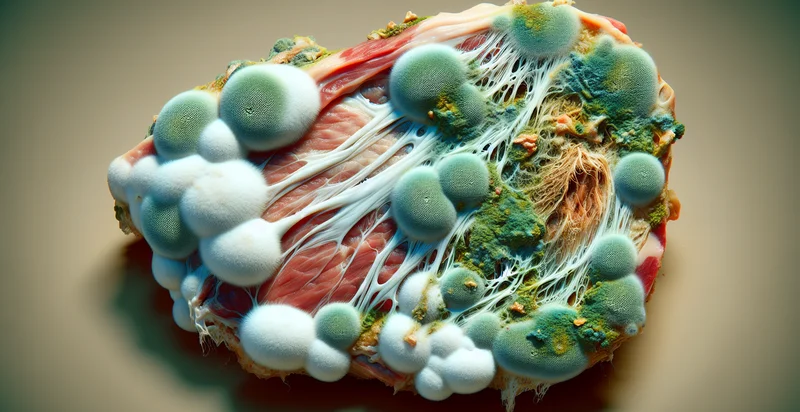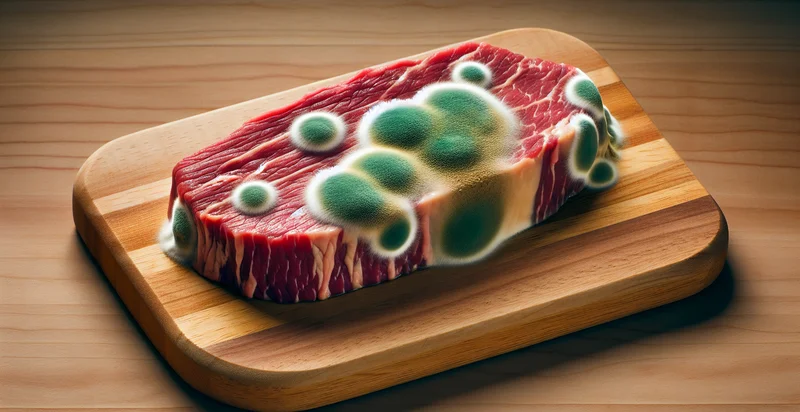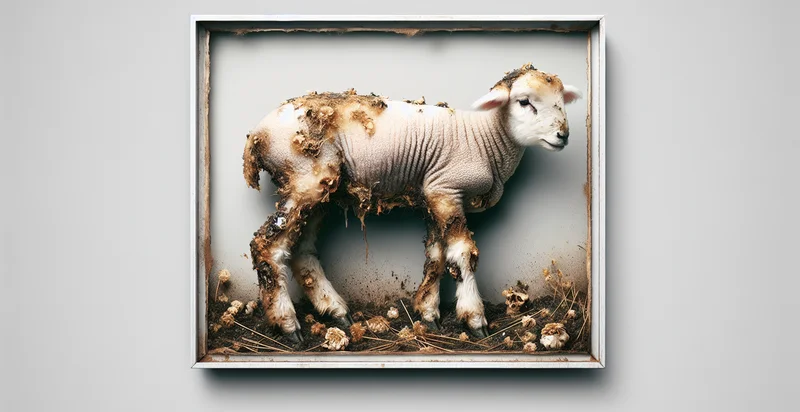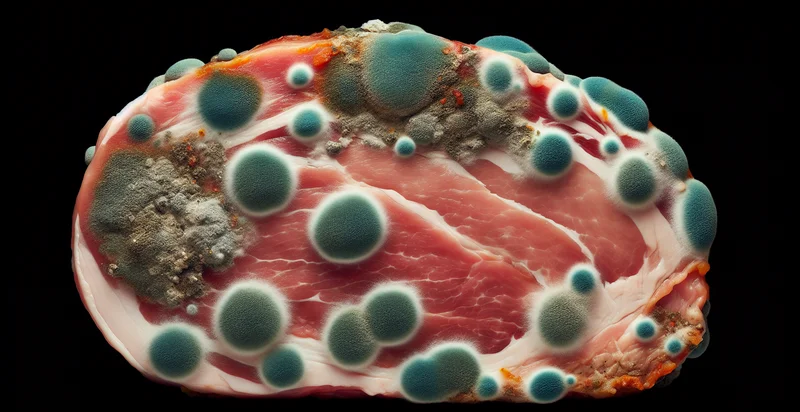Identify if lamb is moldy
using AI
Below is a free classifier to identify if lamb is moldy. Just upload your image, and our AI will predict if lamb is moldy - in just seconds.

Contact us for API access
Or, use Nyckel to build highly-accurate custom classifiers in just minutes. No PhD required.
Get started
import nyckel
credentials = nyckel.Credentials("YOUR_CLIENT_ID", "YOUR_CLIENT_SECRET")
nyckel.invoke("if-lamb-is-moldy", "your_image_url", credentials)
fetch('https://www.nyckel.com/v1/functions/if-lamb-is-moldy/invoke', {
method: 'POST',
headers: {
'Authorization': 'Bearer ' + 'YOUR_BEARER_TOKEN',
'Content-Type': 'application/json',
},
body: JSON.stringify(
{"data": "your_image_url"}
)
})
.then(response => response.json())
.then(data => console.log(data));
curl -X POST \
-H "Content-Type: application/json" \
-H "Authorization: Bearer YOUR_BEARER_TOKEN" \
-d '{"data": "your_image_url"}' \
https://www.nyckel.com/v1/functions/if-lamb-is-moldy/invoke
How this classifier works
To start, upload your image. Our AI tool will then predict if lamb is moldy.
This pretrained image model uses a Nyckel-created dataset and has 2 labels, including Fresh Lamb and Moldy Lamb.
We'll also show a confidence score (the higher the number, the more confident the AI model is around if lamb is moldy).
Whether you're just curious or building if lamb is moldy detection into your application, we hope our classifier proves helpful.
Related Classifiers
Need to identify if lamb is moldy at scale?
Get API or Zapier access to this classifier for free. It's perfect for:
- Quality Control in Meat Processing: This use case involves employing the image classification function in meat processing facilities to automatically detect moldy lamb meat. By integrating the classifier into their quality control processes, businesses can ensure that only fresh, safe products are sent to retailers, minimizing health risks and reducing waste.
- Retail Inspection Automation: Retailers can utilize the moldy lamb identifier to perform routine inspections of lamb meat in their stores. By automating this inspection process, retailers can swiftly identify and remove affected products from shelves, maintaining high standards of food safety and customer satisfaction.
- Supply Chain Monitoring: Distributors can implement the image classification function to monitor the quality of lamb during transport. By analyzing images of the product at various stages, they can detect mold issues early and take appropriate action, reducing financial losses due to spoiled goods.
- Food Safety Compliance: Regulatory agencies can use this technology to streamline inspections of lamb meat at processing plants and distribution centers. The automatic identification of moldy products can aid in compliance with food safety regulations, enhancing the overall safety of meat products in the market.
- Consumer App for Quality Assurance: A consumer-facing mobile application can leverage the moldy lamb classifier to allow users to scan their purchased lamb meat. This empowers consumers with real-time quality assurance, enabling them to make informed decisions about the freshness and safety of their food.
- Research and Development in Food Science: Food scientists can use the image classification technology to study the prevalence and conditions that lead to mold growth on lamb. By analyzing images and data over time, researchers can develop strategies to prevent spoilage and improve preservation techniques.
- Sustainability Tracking: Businesses focused on sustainability can implement the moldy lamb identifier to monitor spoilage rates within their supply chain. By identifying and reducing moldy product instances, companies can enhance their sustainability initiatives and decrease food waste, contributing positively to environmental goals.


